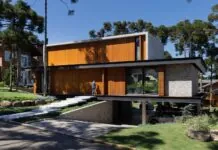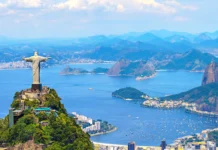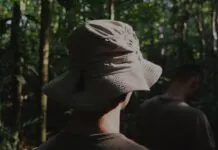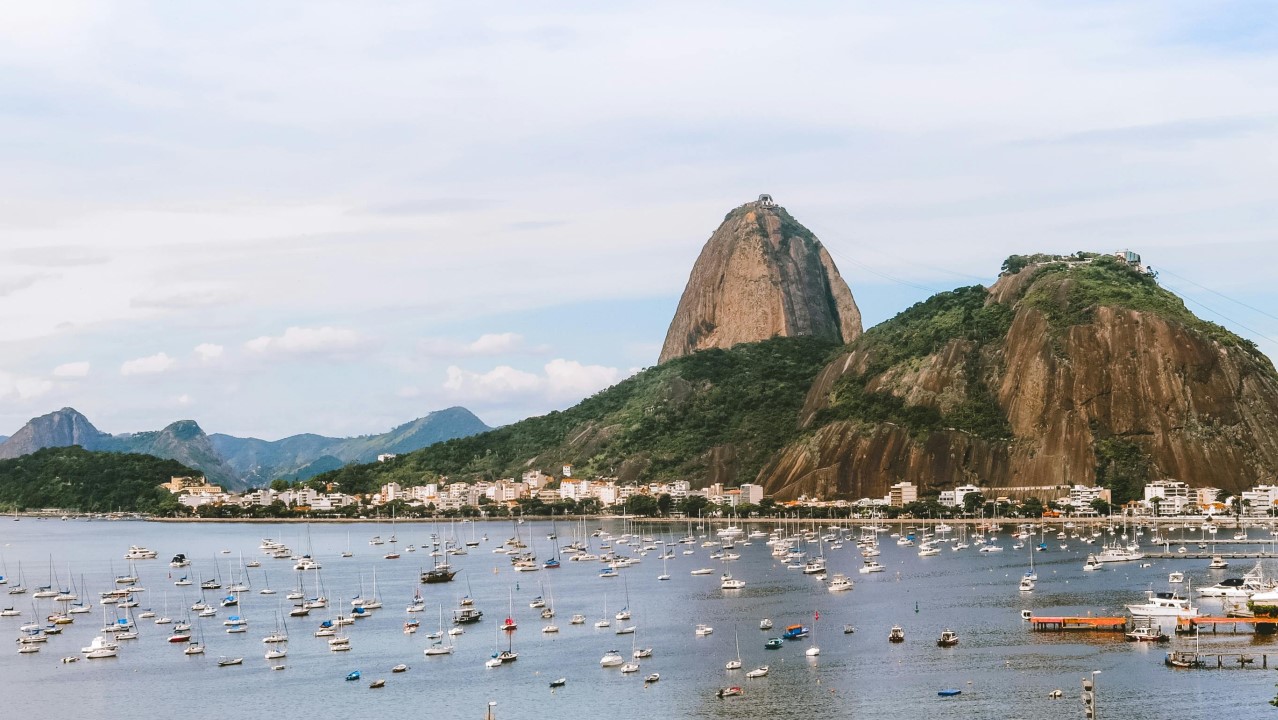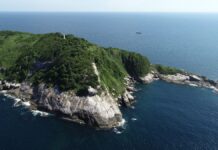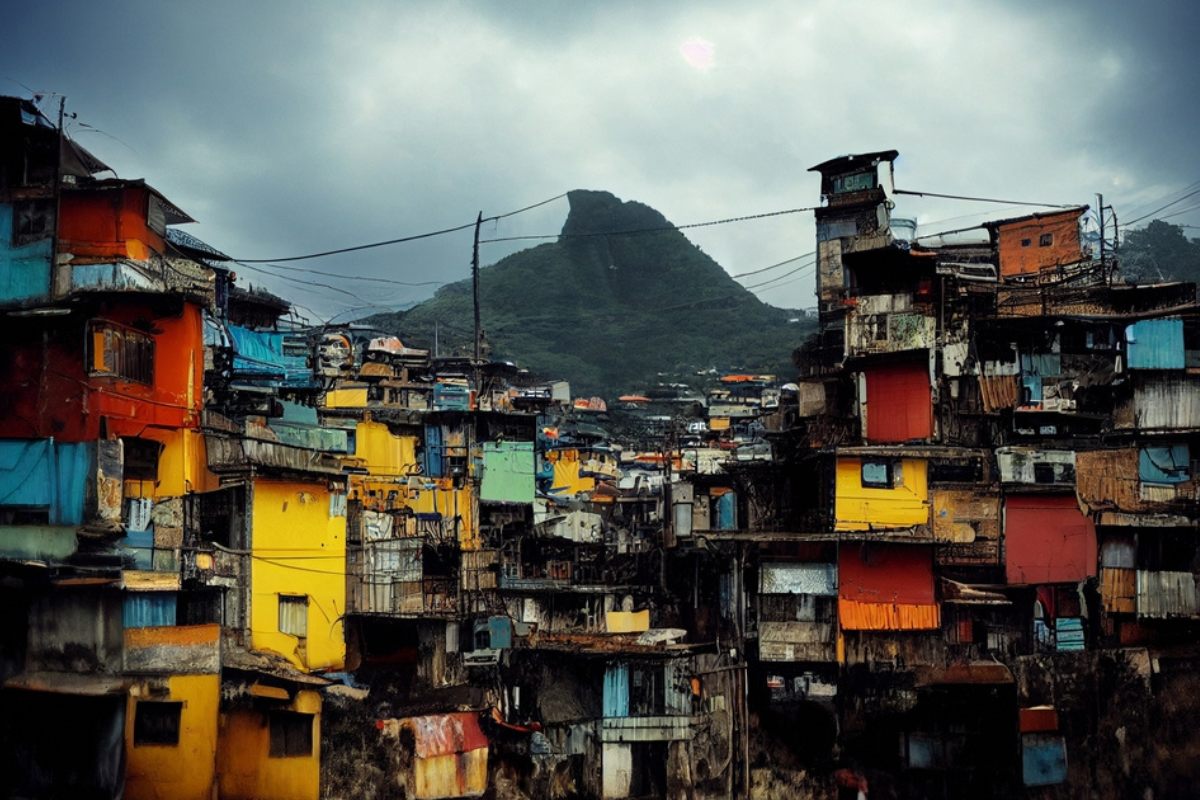
Violence in Brazil is a reality that affects millions of lives. The homicide rates tell a story of communities struggling with crime, poverty, and failing systems. In Salvador, the most dangerous city, the rate stands at 66.4 per 100,000 people, showing just how severe the problem can be.
Some cities face higher levels of violence than others. Issues like organized crime and a lack of opportunities leave many areas unsafe. These numbers are not just statistics—they represent lives lost and communities left in fear.
We’ve already talked about the most dangerous cities, but now we will go even deeper. This article takes a closer look at homicide rates across Brazil, focusing on the cities most affected by this crisis.
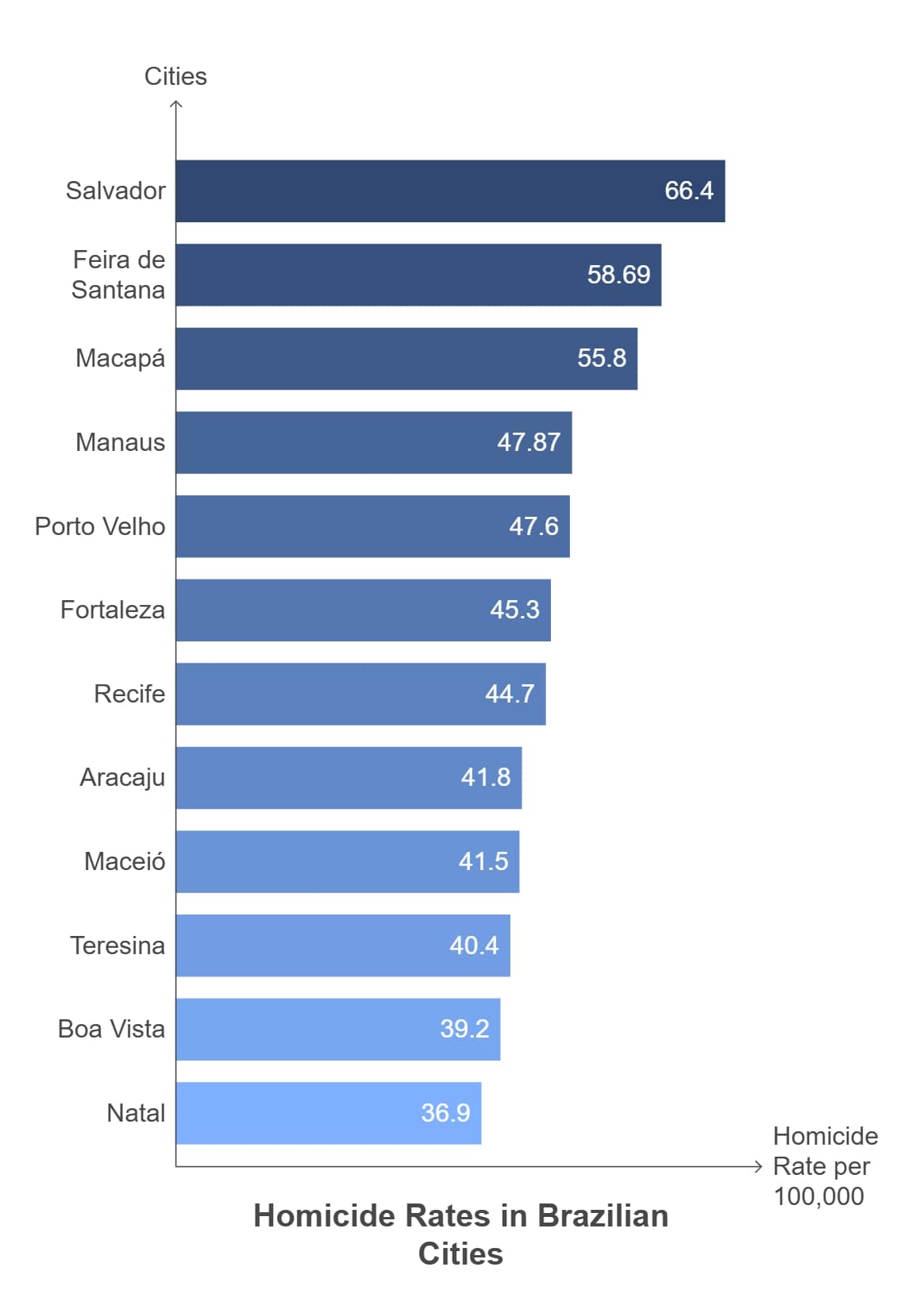
Quick Navigation
- Salvador: 66.4
- Feira de Santana: 58.69
- Macapá: 55.8
- Manaus: 47.87
- Porto Velho: 47.6
- Fortaleza: 45.3
- Recife: 44.7
- Aracaju: 41.8
- Maceió: 41.5
- Teresina: 40.4
- Boa Vista: 39.2
- Natal: 36.9
1. Salvador – City With The Highest Homicide Rate
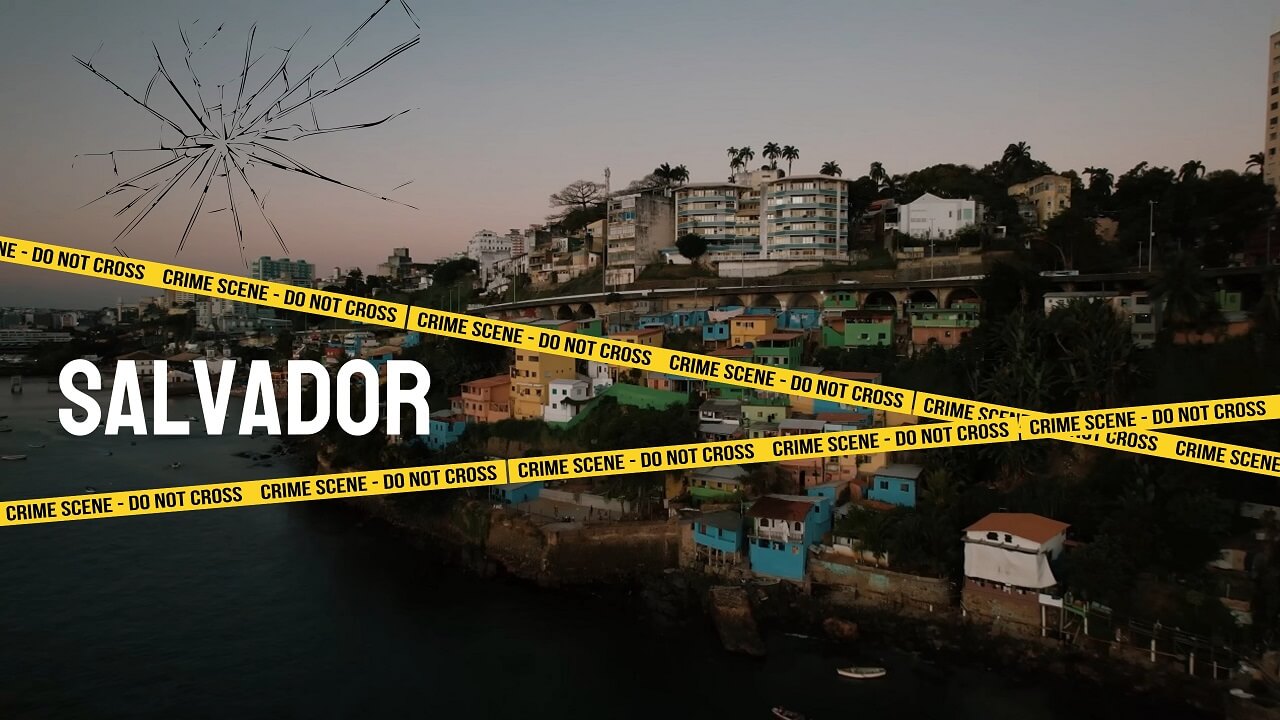
| General Crime Index | 76.84 (very high, according to Numbeo) |
| Economic Highlights | Key sectors: tourism, petrochemicals, manufacturing; challenges with inequality and unemployment |
| Organized Crime | Significant influence from drug trafficking and gang conflicts |
| Police Issues | Reports of police violence and concerns over human rights |
Salvador, the capital of Bahia, reported the highest homicide rate in Brazil, with 66.4 homicides per 100,000 inhabitants.
This figure highlights the significant violence that continues to plague one of the country’s most historically and culturally rich cities.
Known for its Afro-Brazilian heritage, Salvador faces a troubling contrast between its cultural importance and the pervasive issues of crime and inequality. [2]
Factors Driving Violence in Salvador
The high homicide rate in Salvador stems from several interconnected issues. Organized crime plays a central role, with territorial disputes between drug trafficking gangs leading to violent clashes.
Poverty and inequality further exacerbate the situation, as a lack of access to education, employment opportunities, and public services pushes many into criminal activities.
The city also faces challenges in law enforcement and governance. Police resources are often stretched thin, and community trust in security forces remains low due to past incidents of corruption and violence. [3]
Efforts to Address the Issue
Local authorities have implemented several initiatives to combat the high levels of violence. These include increased police patrols, investments in surveillance technology, and community-based programs aimed at providing alternatives to crime for at-risk youth.
Despite these efforts, the city continues to struggle with maintaining sustainable reductions in violence.
2. Feira de Santana – A Hub of Violence in Brazil’s Northeast
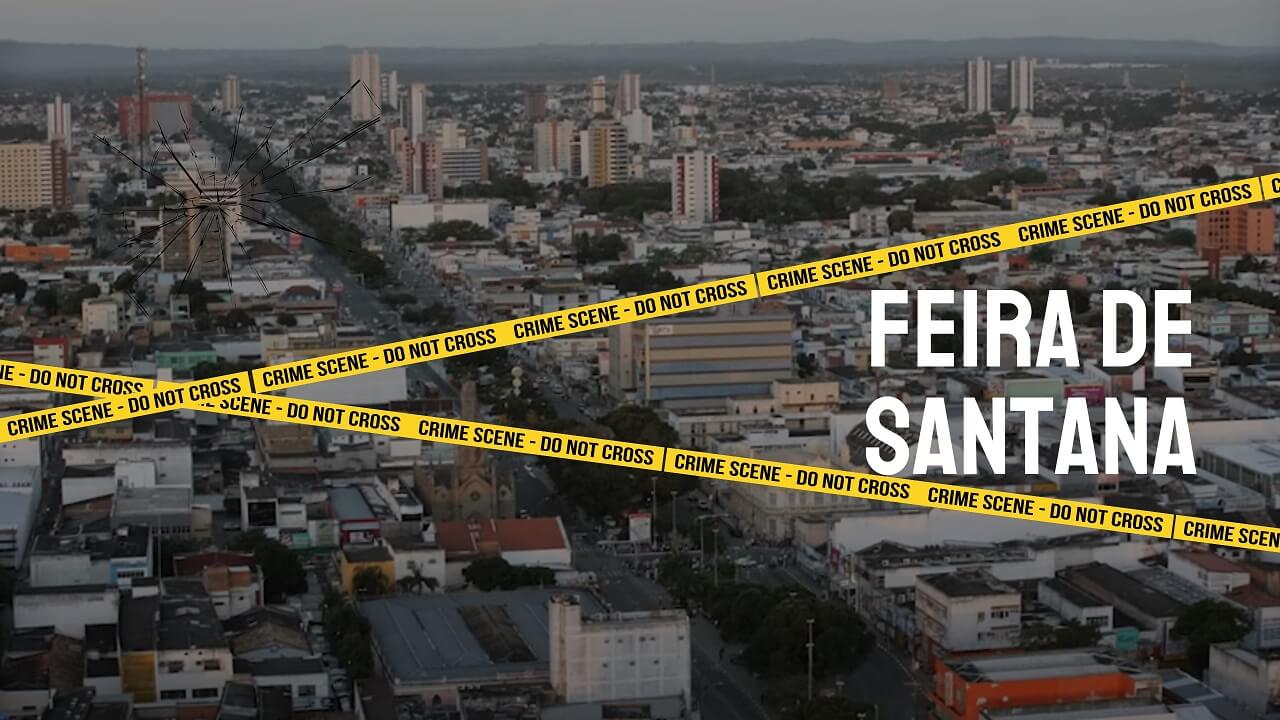
| General Crime Index | 75.21 |
| Economic Highlights | Trade and logistics center; challenges with poverty |
| Organized Crime | Drug trafficking networks heavily influence violence |
| Police Issues | Reports of excessive force and mistrust in law enforcement |
Feira de Santana, located in the state of Bahia, has one of the highest homicide rates in Brazil, recorded at 58.69 per 100,000 inhabitants. Known as a vital trade and transportation hub in the Northeast, Feira de Santana’s strategic location has also made it a hotspot for organized crime and drug trafficking.
The city’s prominence as a logistical hub creates opportunities for criminal networks to operate. Drug trafficking is one of the primary drivers of violence, with disputes between gangs often spilling into neighborhoods and public spaces.
Poverty and limited access to education further compound the problem, leaving vulnerable populations exposed to criminal recruitment and violent environments.
Another significant issue is the city’s sprawling urban growth, which has outpaced the development of adequate infrastructure and public services.
3. Macapá – A City Battling Persistent Violence
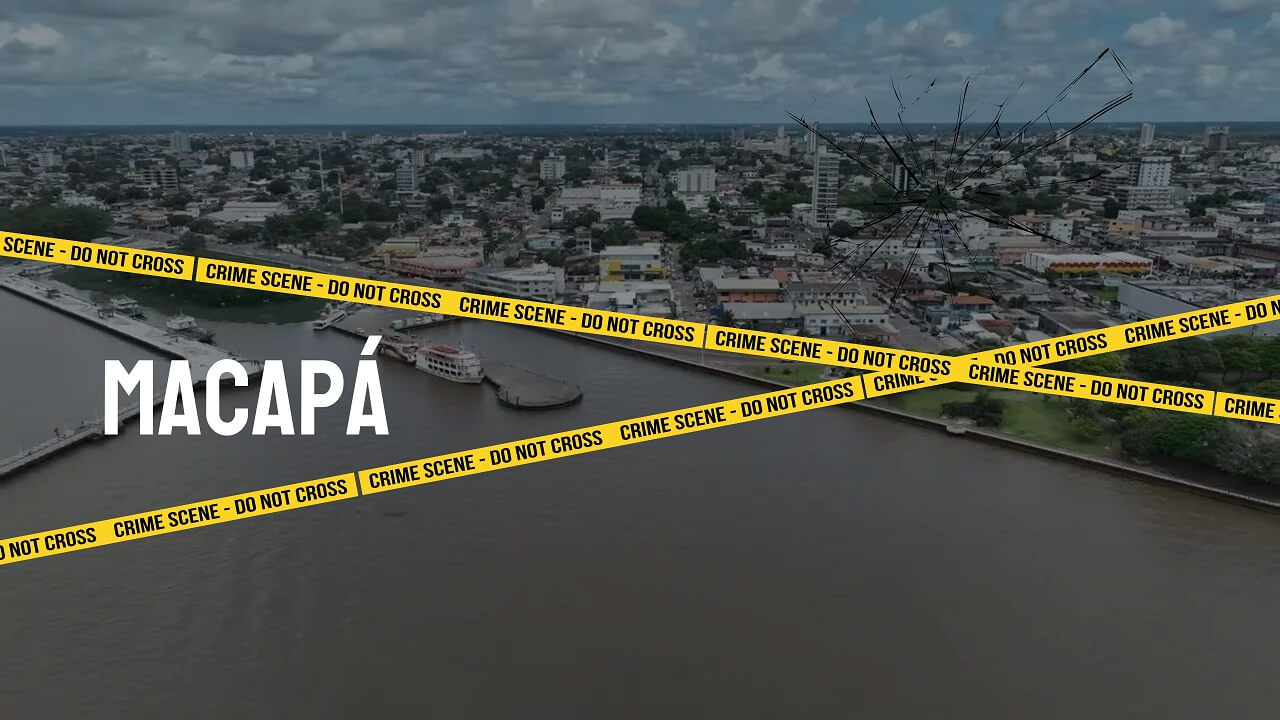
| General Crime Index | 74.35 |
| Economic Highlights | Capital of Amapá; key economic drivers include government services and trade |
| Organized Crime | Rising influence of drug trafficking and smuggling |
| Police Issues | Limited resources and challenges in enforcing security |
Macapá, the capital of Amapá, has one of the highest homicide rates in Brazil, standing at 55.8 per 100,000 inhabitants. Its unique geographical position near the Amazon region has made it a critical point for both legal and illegal trade, including the flow of narcotics.
The rising homicide rate can largely be attributed to the influence of drug trafficking and organized crime. The city’s location on the northern frontier makes it an attractive transit point for smuggling drugs and other contraband.
Rival criminal groups frequently engage in violent confrontations over control of these lucrative routes, putting local communities at risk. [4]
Socioeconomic challenges also play a key role. Poverty and unemployment are widespread, limiting opportunities for young people and increasing their vulnerability to being recruited by criminal networks.
4. Manaus – A City Struggling With Violence and Drug Trafficking
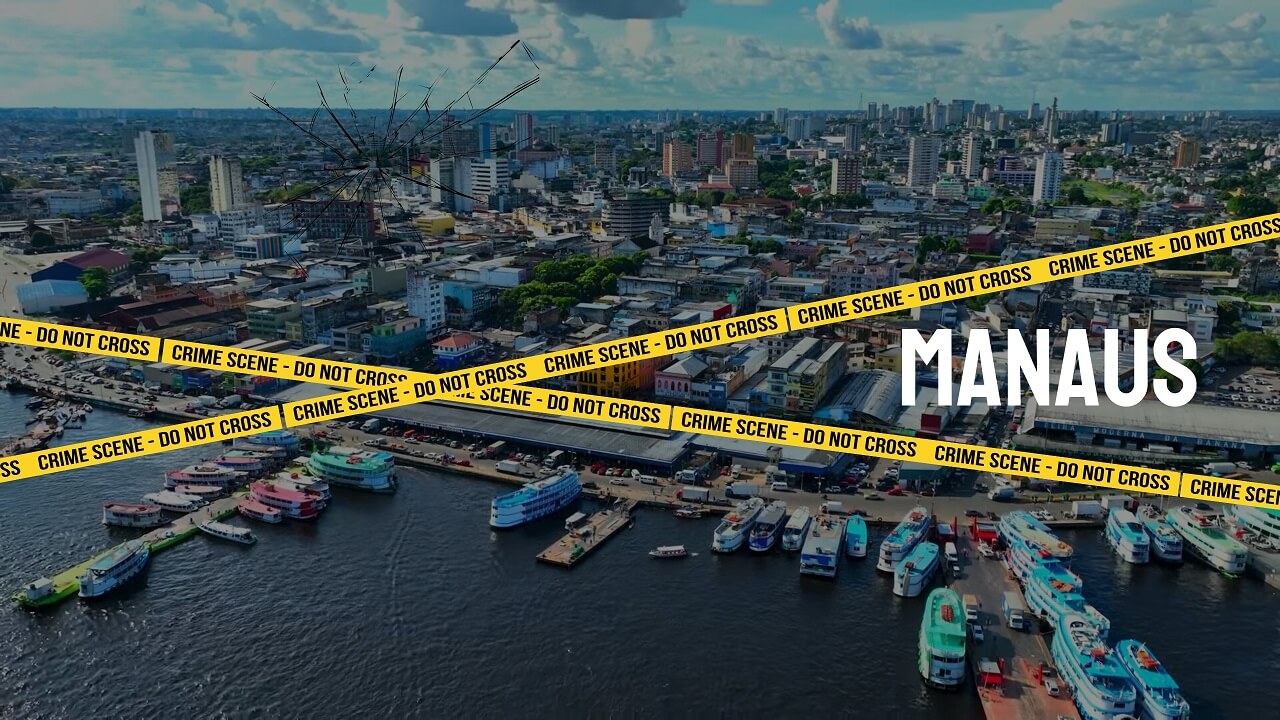
| General Crime Index | 73.45 |
| Economic Highlights | Industrial hub; home to the Manaus Free Trade Zone |
| Organized Crime | Strong presence of drug trafficking networks |
| Police Issues | Limited capacity to combat organized crime effectively |
Manaus, the capital of Amazonas, reported a homicide rate of 47.87 per 100,000 inhabitants. As a key gateway to the Amazon, the city faces growing violence linked to organized crime and drug trafficking.
Drug trafficking is the main cause of violence in Manaus. The city’s strategic location near major rivers makes it a transit point for narcotics. Criminal groups fight over these routes, leading to frequent clashes. Poverty and a lack of opportunities also contribute to crime, especially in underdeveloped areas.
5. Porto Velho – A City Caught in the Grip of Crime
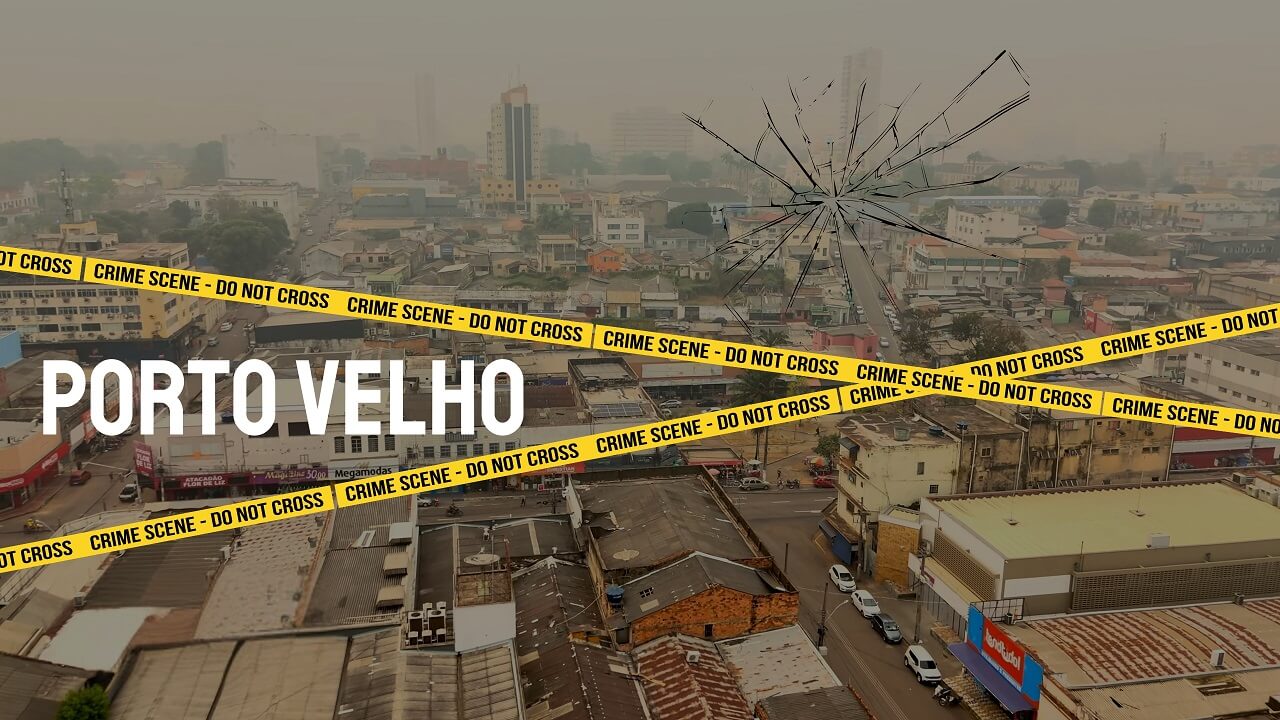
| General Crime Index | 72.12 |
| Economic Highlights | Key industries: agriculture, mining, and energy |
| Organized Crime | High levels of drug trafficking and illegal logging |
| Police Issues | Insufficient resources and ongoing corruption concerns |
Porto Velho, the capital of Rondônia, recorded a homicide rate of 47.6 per 100,000 inhabitants. Its location on major trade routes has made it a hotspot for criminal activity, including drug trafficking and illegal logging.
Drug cartels operate heavily in Porto Velho, using it as a route for smuggling. Illegal logging and mining also fuel disputes over territory. Poverty and unemployment create conditions where crime becomes a survival option for many. Public safety services struggle to meet the growing demand. [5]
6. Fortaleza – Violence Overshadowing a Coastal Gem
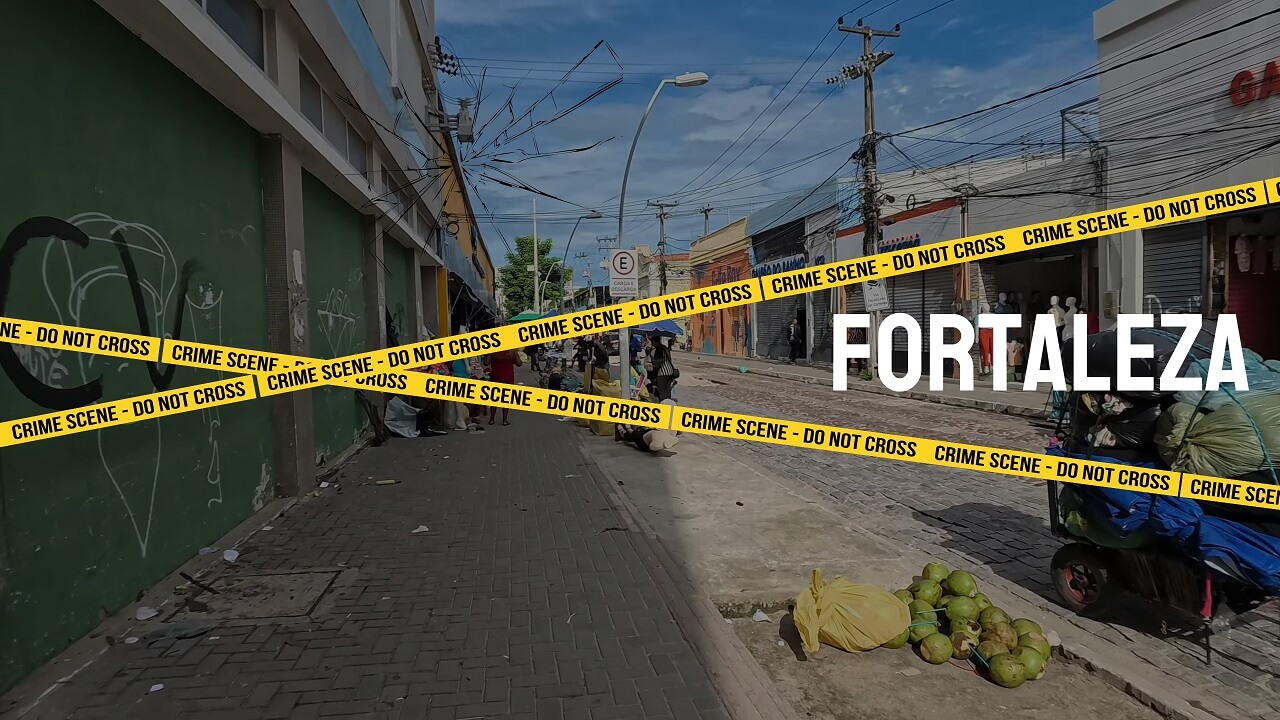
| General Crime Index | 71.80 |
| Economic Highlights | Tourism hotspot; key sectors include retail and trade |
| Organized Crime | Rival gangs frequently clash over territory |
| Police Issues | Public mistrust and challenges in maintaining control |
Fortaleza, known for its beaches and culture, faces a homicide rate of 45.3 per 100,000 inhabitants. While tourists flock to its attractions, many residents live in areas plagued by violence and insecurity.
Rivalry among drug gangs is the main cause of violence in Fortaleza. These groups often target neighborhoods to assert control over distribution points. Economic hardship adds to the tension, as unemployment leaves many with few options for survival. The lack of trust in local police also makes it harder for communities to address safety concerns. [6]
7. Recife – A City Torn Between Progress and Violence
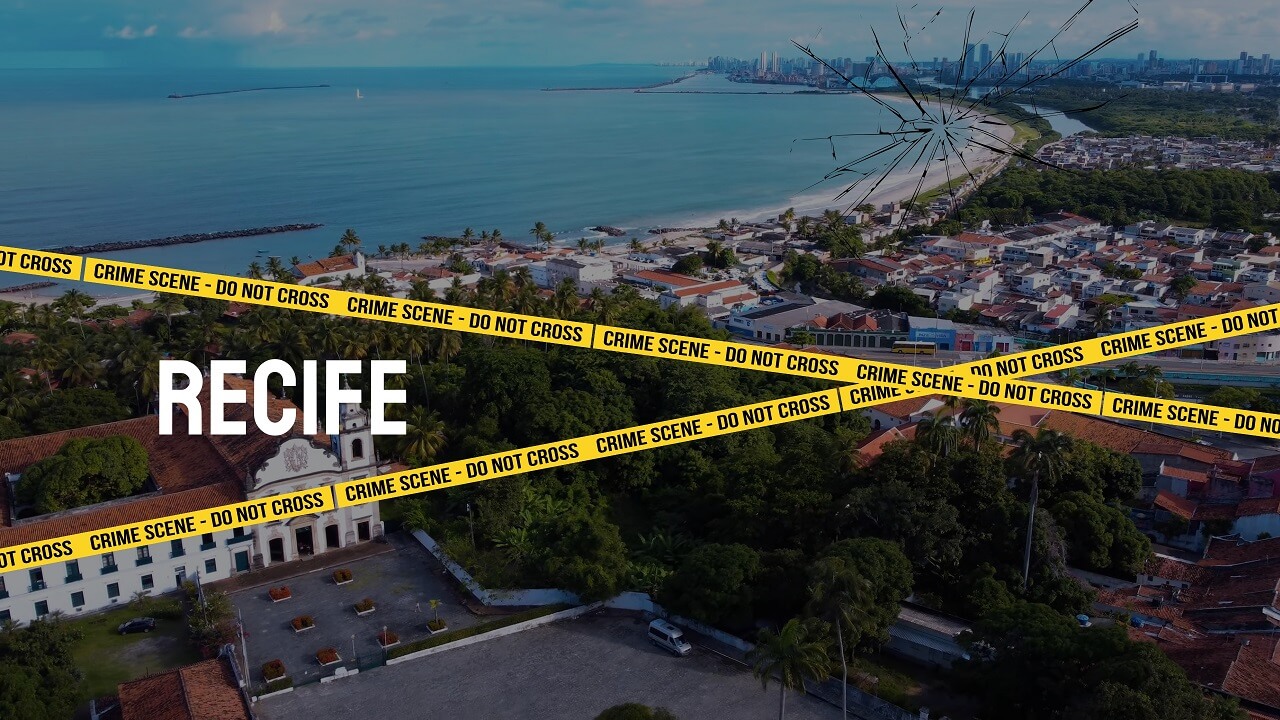
| General Crime Index | 70.50 |
| Economic Highlights | Known for its ports, rich history, and growing tech industry |
| Organized Crime | Drug trafficking and extortion affect local communities |
| Police Issues | Limited resources and accusations of excessive force |
Recife’s streets hold centuries of history, but the challenges of today cannot be ignored. The city struggles with a homicide rate of 44.7 per 100,000. Crime has taken a toll on daily life, leaving many residents feeling unsafe in their own neighborhoods.
Organized crime dominates certain areas, where gangs compete for control of drug distribution and extortion rackets. Economic hardship adds to the issue, forcing some into desperate situations. Many areas lack opportunities that could steer people away from criminal paths. [6]
Authorities have introduced more police patrols and initiatives to help young people find alternatives to crime. However, progress has been uneven.
Even though it has a crime high rate, it is still considered as one of the safest cities in Brazil. However, you should remain cautious and avoid walking around during the night.
8. Aracaju – A Coastal City Facing Rising Challenges
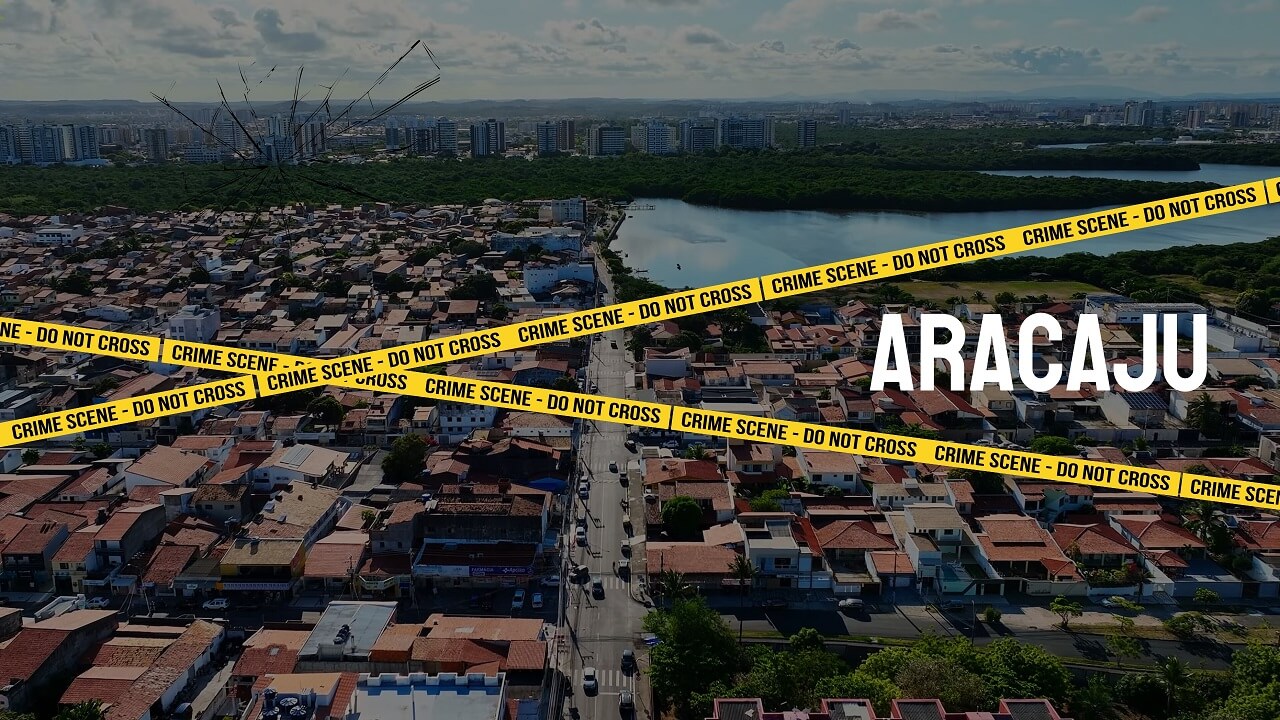
| General Crime Index | 68.40 |
| Economic Highlights | Focus on tourism, trade, and fishing |
| Organized Crime | Increasing presence of drug-related violence |
| Police Issues | Limited funding and reports of inadequate response |
Aracaju, the capital of Sergipe, has a homicide rate of 41.8 per 100,000. Known for its coastal charm, the city faces a growing problem with crime and violence. Many residents feel the impact of criminal activity in their daily lives.
What Causes the Violence?
Drug trafficking is at the center of the problem. Rival gangs clash over control of the trade, often dragging innocent people into the conflict. Poverty and unemployment leave some residents with few alternatives, fueling desperation. It also faces serious issues with attacks against the elderly. [7]
9. Maceió – A City Trying to Break Free From Violence
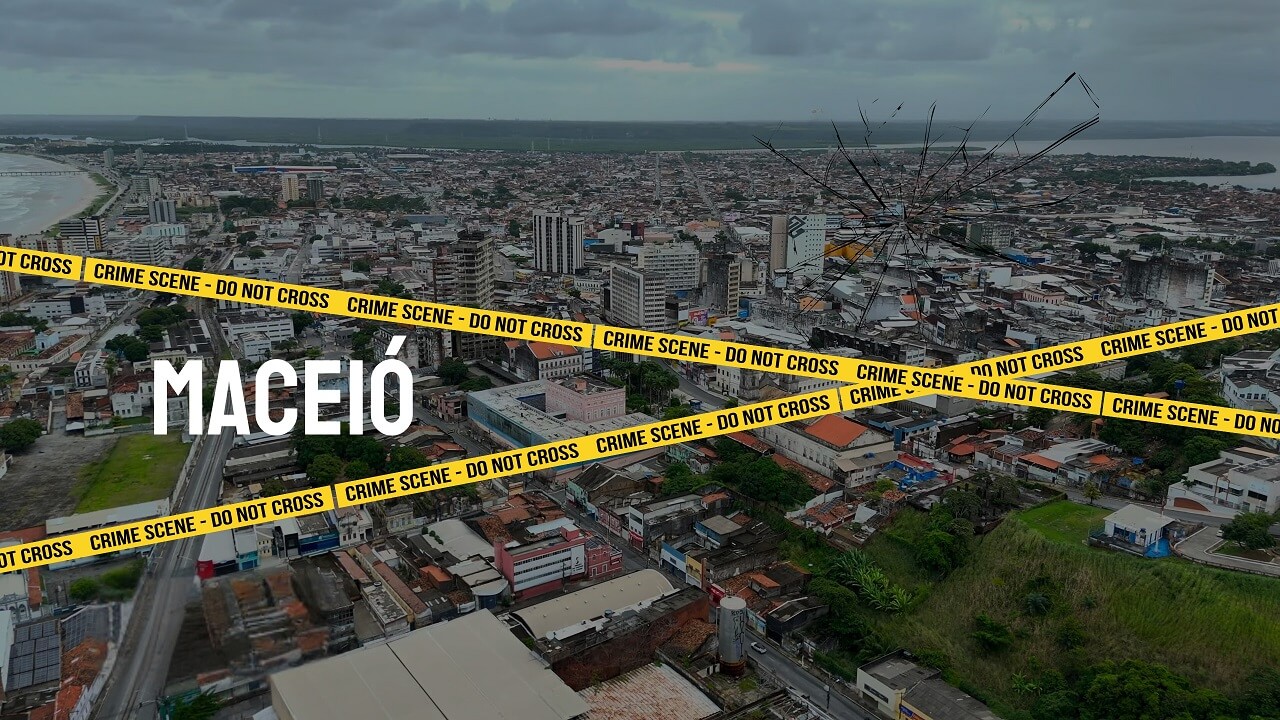
| General Crime Index | 67.90 |
| Economic Highlights | Tourism and agriculture are key industries |
| Organized Crime | Drug gangs dominate and control many areas |
| Police Issues | Struggles with corruption and under-resourced law enforcement |
Maceió, the capital of Alagoas, reports a homicide rate of 41.5 per 100,000. Many communities in the city face serious issues with gang violence and a lack of public safety.
Criminal groups control key areas of Maceió, where conflicts over territory and drug distribution frequently lead to violence. Many residents live in areas where poverty is widespread, and opportunities are scarce.
According to Deborah Cavalcanti Fonseca and her study published in Open Edition Journals, 53% of Maceió’s population lives in conditions of social exclusion, characterized by a lack of basic health services, housing, employment opportunities, and education. Additionally, 50% of the city’s population resides in sub-standard housing conditions, with 96,607 homes accommodating approximately 401,895 residents.
10. Teresina – Violence Deeply Rooted in Social Inequality
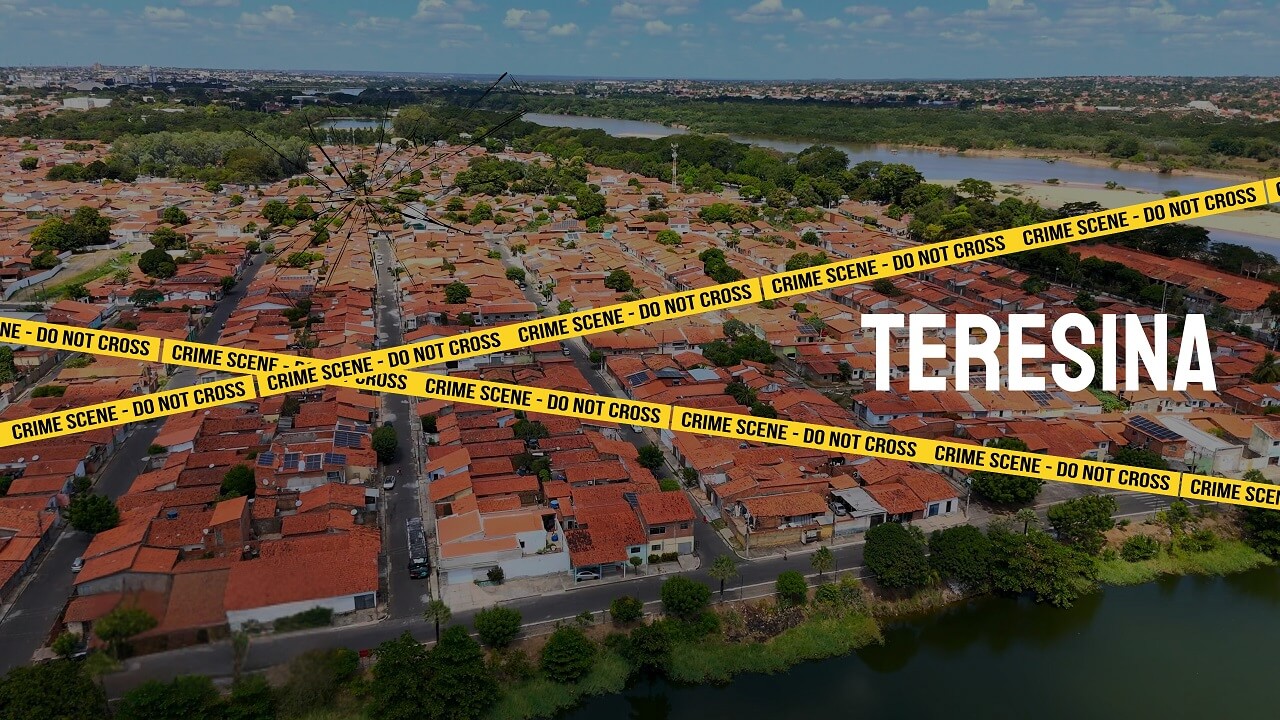
| General Crime Index | 65.30 |
| Economic Highlights | Known for its agriculture and service sectors |
| Organized Crime | Local gangs and rising drug trafficking activity |
| Police Issues | Limited resources and slow response to violent incidents |
Teresina, the capital of Piauí, recorded a homicide rate of 40.4 per 100,000. Gang violence is increasing, tied to disputes over drug trade routes. Many areas suffer from poverty, with limited public services and job opportunities.
Social exclusion is widespread. Many neighborhoods lack basic infrastructure. Gangs exploit these areas, recruiting young people. Disputes over control of territory often result in shootings. Police have limited resources and face accusations of corruption.
Officials have introduced programs to support youth in vulnerable areas. Police patrols focus on gang hotspots. Progress is uneven, with crime continuing to rise in some parts of the city. Residents call for stronger action to tackle the underlying issues.
11. Boa Vista – Crime Rising in Brazil’s Northern Gateway
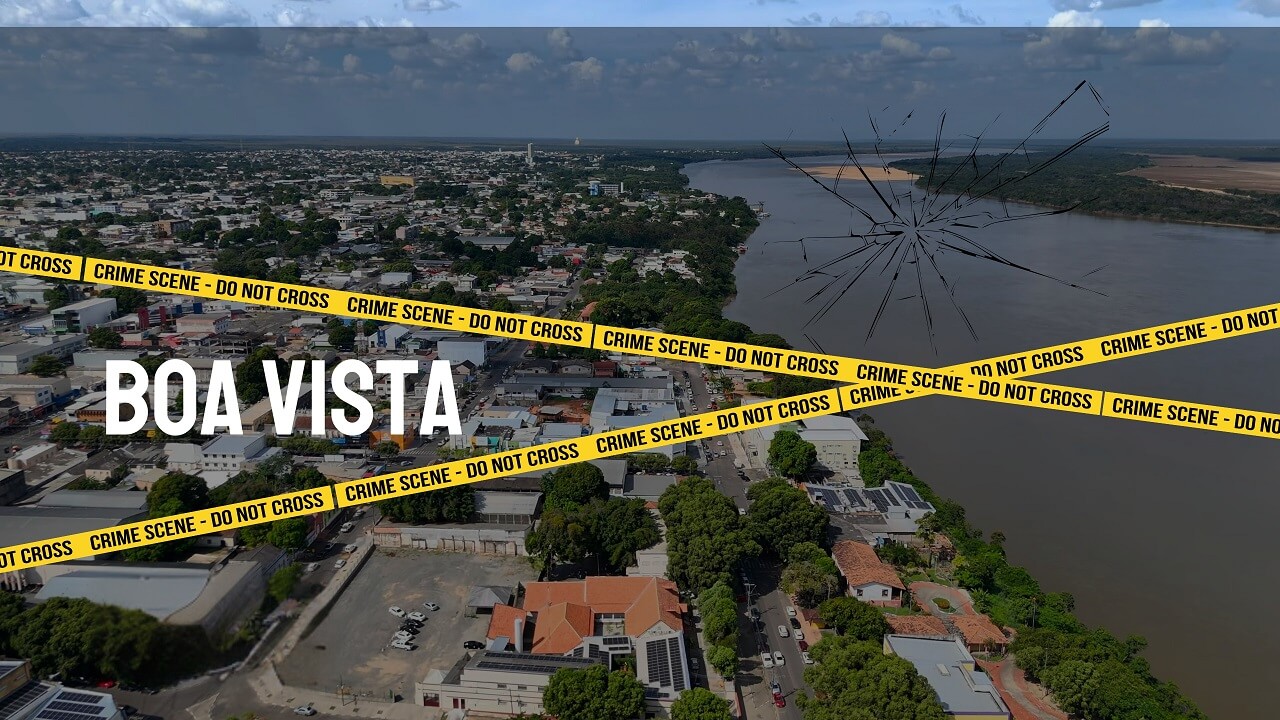
| Category | Details |
|---|---|
| General Crime Index | 63.20 |
| Economic Highlights | Border city with trade and agriculture as key sectors |
| Organized Crime | Smuggling and trafficking routes dominate criminal activity |
| Police Issues | Resource shortages and limited cross-border enforcement |
Boa Vista, the capital of Roraima, has a homicide rate of 39.2 per 100,000. A border that is close to Venezuela makes it a hotspot for smuggling and trafficking operations. Criminal groups exploit the lack of strong enforcement to expand their reach.
Boa Vista struggles with border-related crime. Smuggling of goods, drugs, and weapons fuels gang activities. The influx of migrants from neighboring countries has strained resources, leaving communities vulnerable.
Police face challenges in controlling cross-border crime due to the large and remote terrain.
12. Natal – Rising Tensions in a Coastal City
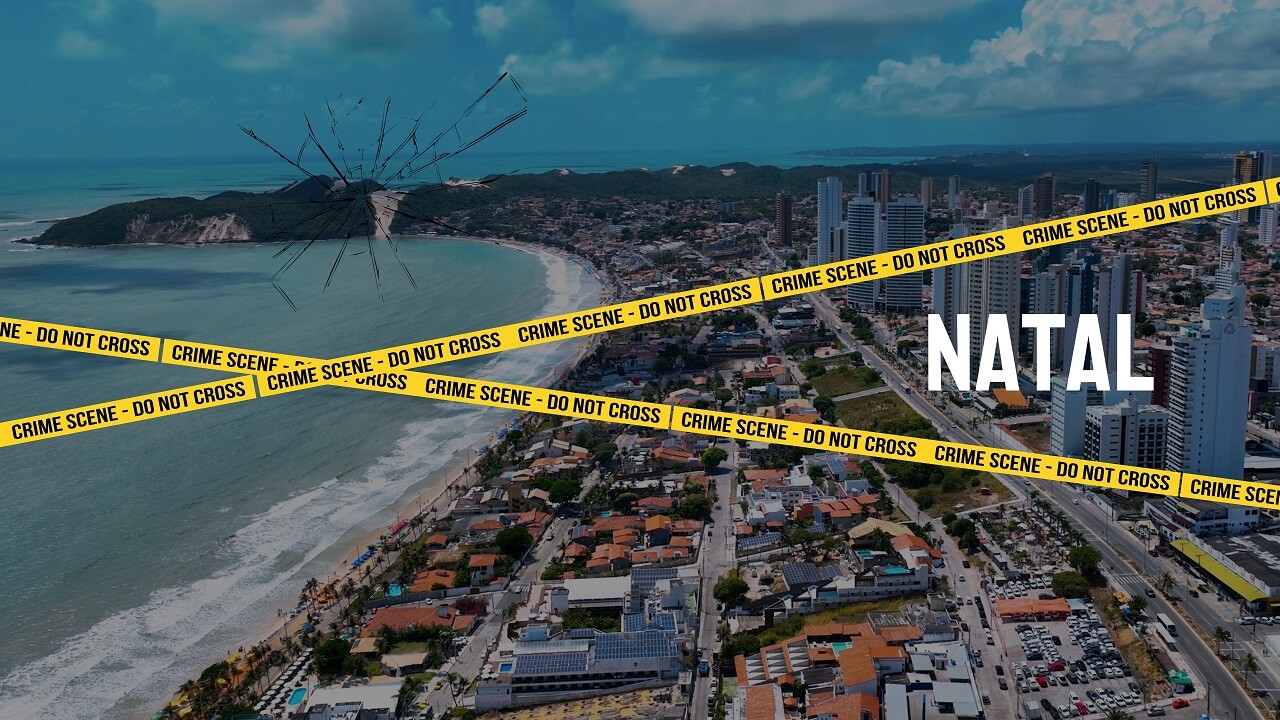
| General Crime Index | 62.80 |
| Economic Highlights | Tourism and trade are major contributors |
| Organized Crime | Gang disputes and drug-related activities |
| Police Issues | Low funding and lack of effective crime prevention |
Natal, the capital of Rio Grande do Norte, reports a homicide rate of 36.9 per 100,000. Once known for its peaceful atmosphere and beautiful historic center, the city now faces rising violence. Gang activity and social inequality drive much of the crime. [8]
Gangs control several parts of the city, using them for drug distribution. Conflicts between rival groups often lead to shootings. Economic instability and limited access to services leave many areas exposed to criminal influence. Police often struggle with resources and response times.
FAQs
What is the current overall homicide rate in Brazil?
The national homicide rate in Brazil was approximately 22.8 per 100,000 inhabitants in the latest recorded data for 2023.
Which region in Brazil is considered the safest?
The South region, including states like Santa Catarina and Rio Grande do Sul, generally reports lower crime rates compared to other parts of the country.
Are homicides in Brazil more common in certain seasons?
Homicides in Brazil tend to spike during festive periods like Carnival and the end-of-year holidays when social interactions and alcohol consumption increase.
Are tourists affected by violence in Brazil?
Tourists are rarely targeted but can be victims of opportunistic crimes like theft. High-violence areas are usually far from popular tourist destinations.
The Bottom Line
Homicide rates in Brazil show the depth of the issues facing many cities. They reflect the struggles with crime, poverty, and weak institutions. Organized crime and inequality remain at the core of the violence, impacting countless lives.
Efforts to improve safety must focus on the underlying causes. Access to education, jobs, and essential services is key to creating lasting change. Public safety measures alone will not solve the problem.
Progress will require action and long-term dedication to address the issues affecting communities across Brazil.
Methodology We Used To Create This Research
The analysis of homicide rates in Brazil relied on verified data from sources such as Statista, official government records, and peer-reviewed studies. These sources provided detailed homicide rates for cities and regions, along with historical trends over the past decade.
This research included an in-depth review of user-provided materials, which offered critical statistical and contextual insights into crime and violence in Brazil. All information was cross-referenced to ensure accuracy and reliability.
Only recorded and verified data were used in this study. The focus remained on presenting factual information without relying on estimates. Visualizations and charts were created using precise figures from the analyzed sources to provide a clear, city-by-city breakdown of the homicide rates.
References
- https://www1.folha.uol.com.br/internacional/en/brazil/2024/06/north-and-northeast-continue-to-be-the-most-violent-areas-in-brazil.shtml
- Keisha-Khan, Perry. (2004). The Roots of Black Resistance: Race, Gender and the Struggle for Urban Land Rights in Salvador, Bahia, Brazil. Social Identities. 10. 811-831. 10.1080/1350463042000324283.
- Leidiene Souza de A., Clay Anderson Nunes C., & Edson Marcos Leal Soares R. “LOCAL TERRITORIAL AGENTS AND LETHAL VIOLENT CRIMES, MACAPÁ-BRAZIL .” Mercator – Revista de Geografia da UFC 17, no. 3 (2018):1-20. Redalyc, https://www.redalyc.org/articulo.oa?id=273654782001
- Geffray, C. (2001). Brazil: Drug trafficking in the federal state of Rondônia. International social science journal. 53. 443-50.
- de Oliveira, Victor Hugo & Medeiros, Cleyber & Carvalho, Jose. (2019). Violence and Local Development in Fortaleza, Brazil: A Spatial Regression Analysis. Applied Spatial Analysis and Policy. 12. 10.1007/s12061-017-9236-4.
- Pereira, Débora & Mota, Caroline & Andresen, Martin. (2015). Social Disorganization and Homicide in Recife, Brazil. International Journal of Offender Therapy and Comparative Criminology. 61. 10.1177/0306624X15623282.
- Maria Pontes Campos de Aguiar | Heloiza Andrade Leite | Iris Melo Dias | Maria Claudia Tavares de Mattos | Wilma Resende Lima | Violence against the elderly: case description in the city of Aracaju, Sergipe, Brazil | https://www.scielo.br/j/ean/a/PtRr8g4jM6VqkbZQhQNchrk/?lang=en#
- Barbosa, Isabelle Ribeiro, Gonçalves, Ruana Clara Bezerra, & Santana, Reginaldo Lopes. (2019). Social vulnerability map for the municipality of Natal (Northeast Brazil) at a census sector level. Journal of Human Growth and Development, 29(1), 48-56. https://doi.org/10.7322/jhgd.157749


